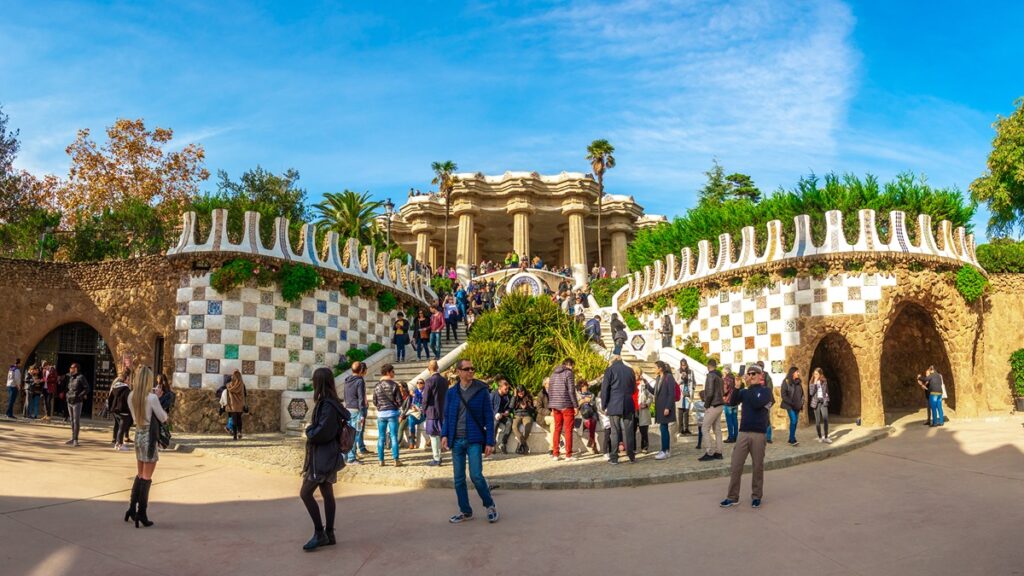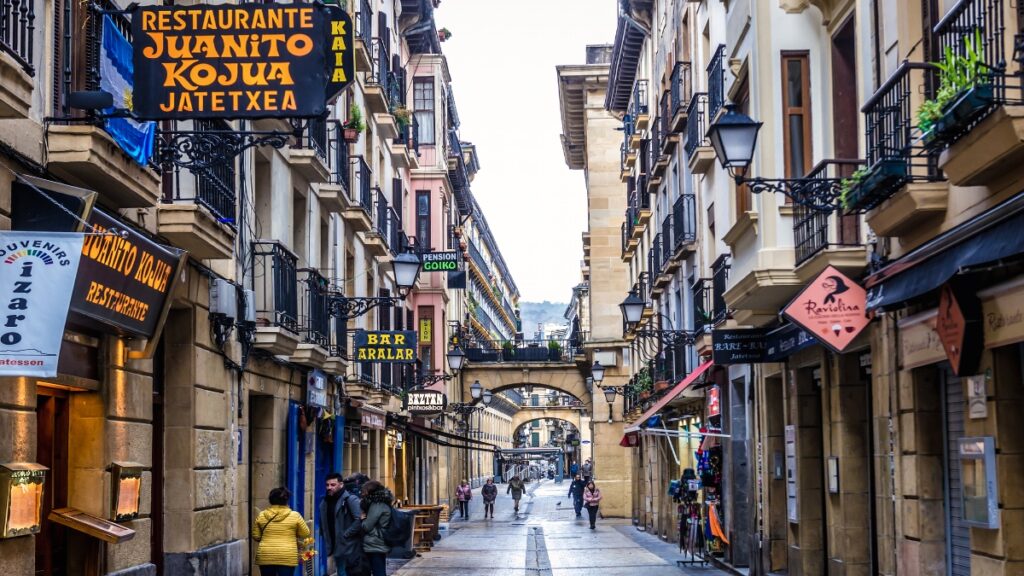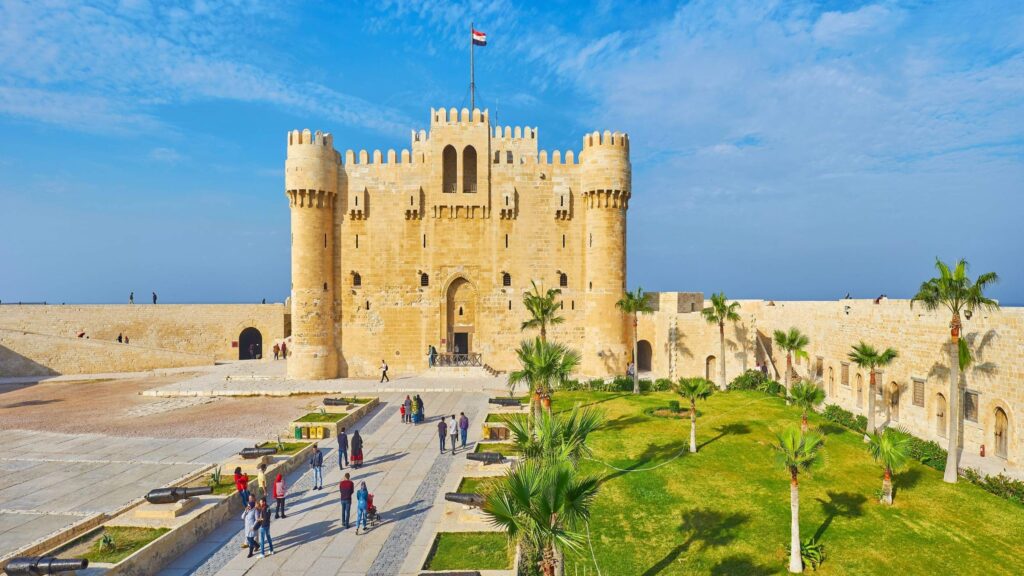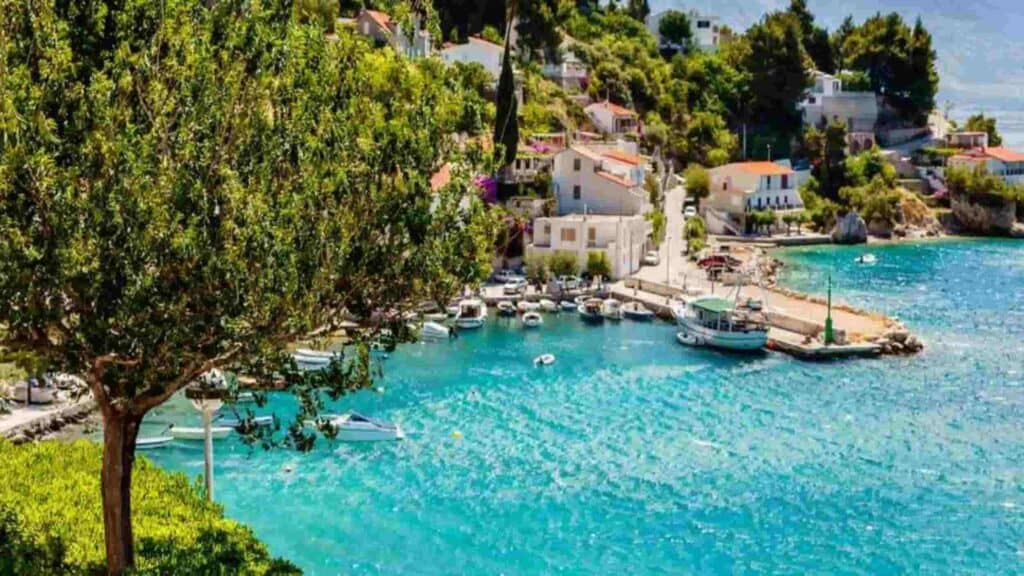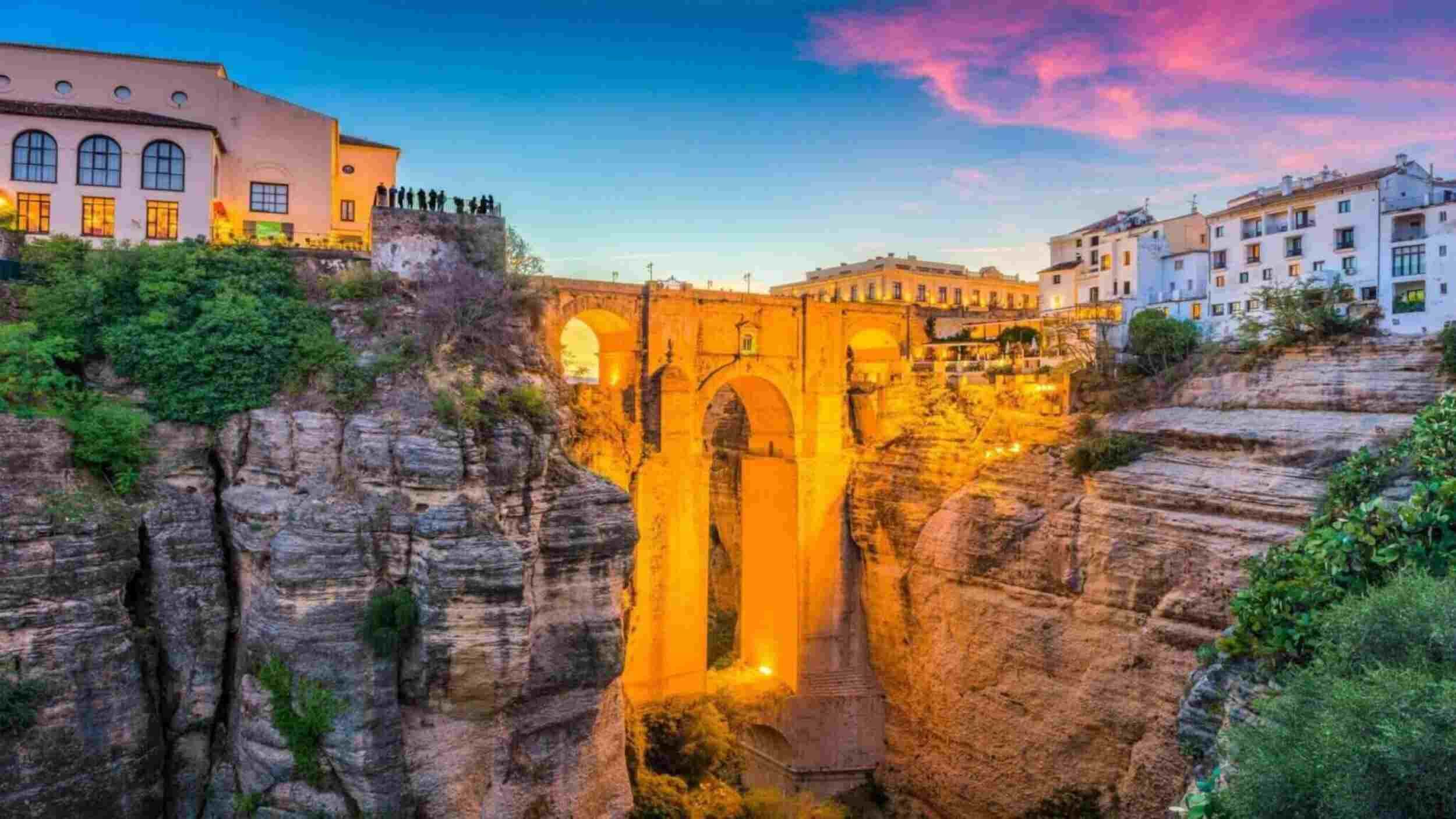
I’ve spent countless hours exploring the sun-drenched landscapes of Southern Spain, wandering through whitewashed villages and discovering hidden gems that most tourists never see. Based on my experiences, I’ve crafted this comprehensive guide to help you plan your perfect Southern Spain travel itinerary through Andalusia’s most spectacular destinations.
Planning Your Southern Spain Travel Itinerary: Essential Routes and Tips
When you’re organizing your journey through Southern Spain, starting from the northern regions makes logistical sense. In my experience, this approach allows you to gradually immerse yourself in the region’s increasingly dramatic landscapes. At the same time, you’ll benefit from excellent transportation links between major cities, particularly the high-speed rail network that connects cultural centers efficiently.
I strongly recommend visiting during spring or autumn when temperatures remain pleasant for exploration. Meanwhile, the crushing summer heat inland can make sightseeing uncomfortable, though coastal areas still offer refreshing breezes. On the other hand, winter brings unique cultural opportunities with fewer tourists and special celebrations.
Transportation Options for Your Southern Spain Travel Itinerary
Navigating between destinations becomes simple when you understand the available options. Indeed, high-speed trains connect major cities like Seville and Córdoba in under an hour. However, some of the most charming villages require rental cars or local buses to access, giving you flexibility to explore at your own pace.
I’ve found that basing yourself in strategic locations can maximize your exploration time. In some cases, staying in central Granada allows day trips to surrounding mountain villages, while still enjoying evening tapas crawls. Generally speaking, having a mixed transportation strategy serves most travelers best.

Best Cities to Include in Your Southern Spain Travel Itinerary
The treasures of Andalusia span ages of rich history, from Arab styles to today’s Spanish life. While planning my first visit, I prioritized the major cities but later discovered each has its unique character and charm. Besides the famous landmarks, I found unexpected delights in neighborhood cafés and local markets.
I recommend spending at least two full days in each major city. Beyond the iconic attractions, you’ll want time to wander aimlessly, discovering hidden plazas and authentic tapas bars where locals gather. Surprisingly, some of my most memorable experiences happened during these unplanned explorations.
Southern Spain’s Historic Cities: Cultural Highlights
Ancient streets wind through Seville’s historic Jewish Quarter, revealing hidden courtyards draped in bougainvillea. During my visits, I’ve spent hours admiring the breathtaking Real Alcázar, where intricate Mudéjar architecture showcases the region’s multicultural heritage. Given its popularity, arriving early helps avoid crowds at this magnificent palace complex.
I particularly enjoy exploring in early mornings and evenings when temperatures cool and golden light bathes the city. Nevertheless, midday offers perfect opportunities to duck into cool cathedral interiors or enjoy long lunches. Given Spain’s later dining schedule, I adjust my daily rhythms accordingly.
Best Times to Visit Granada on Your Southern Spain Travel Itinerary
Timing your visit to Granada requires strategic planning, especially for seeing the magnificent Alhambra. Since tickets frequently sell out weeks in advance, booking as early as possible remains essential. Instead of rushing through this architectural marvel, allocate at least half a day to fully appreciate its intricate details.
The narrow streets of the historic Albaicín quarter offer stunning views across to the Alhambra, particularly at sunset. Still, exploring this hillside neighborhood requires comfortable walking shoes and plenty of water. Given the steep terrain, taking occasional breaks at panoramic viewpoints enhances the experience.
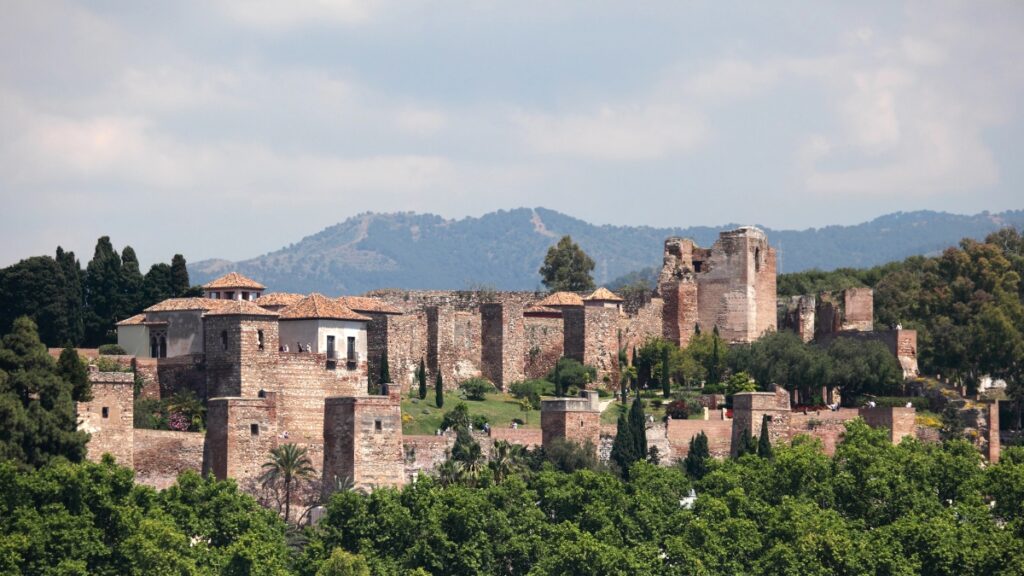
Coastal Treasures for Your Southern Spain Travel Itinerary
Sun-drenched beaches stretch along Andalusia’s Mediterranean coast, offering perfect relaxation between cultural explorations. During my coastal journeys, I’ve discovered secluded coves accessible only by walking trails alongside popular resort areas. Between beach sessions, charming seaside towns provide authentic seafood and local color.
I suggest including at least three coastal days in your itinerary, based in different towns to experience the diverse coastal character. Yet some travelers prefer longer beach stays, particularly in shoulder seasons when swimming remains pleasant without summer crowds. Considering your personal travel style helps determine the right balance.
Southern Spain Beach Route: Hidden Gems
Seaside adventures begin in bustling Málaga, once overlooked but now celebrated for its sophisticated cultural scene and excellent cuisine. Within the city, the Picasso Museum and revitalized port area deserve exploration, while nearby beaches offer Mediterranean swimming. Rather than rushing through, spend time enjoying the relaxed coastal ambiance.
The beautiful town of Nerja captivates visitors with its dramatic Balcón de Europa viewpoint and crystal-clear waters. Away from the main beaches, hidden coves like Playa El Cañuelo reward those willing to venture further. Consequently, having a rental car provides valuable flexibility along this stretch of coast.
Charming Towns Along Your Southern Spain Travel Itinerary
Maritime traditions thrive in authentic fishing villages that dot the coastline between larger resorts. In my explorations, Estepona proved particularly charming with its flower-filled streets and working harbor. Besides beach activities, coastal hiking trails offer spectacular Mediterranean views and access to secluded swimming spots.
I highly recommend spending evenings enjoying seafood at beachfront chiringuitos where fresh catches become memorable meals. Throughout coastal areas, early morning visits to fish markets provide fascinating glimpses into local traditions. Nonetheless, reserving accommodations well in advance remains essential during summer months.

Mountain Villages for Your Southern Spain Travel Itinerary
Dramatic white villages perch precariously on hillsides throughout Andalusia, creating some of the region’s most photogenic landscapes. During my journeys through these pueblos blancos, I’ve discovered authentic traditions and warm hospitality far from tourist crowds. Outside major holidays, these villages maintain peaceful atmospheres perfect for immersive experiences.
I’ve found that connecting several village visits into scenic driving routes creates magical day trips from base cities. In my experience, early morning arrivals allow photography in perfect light before tour groups arrive. Interestingly, many villages host local markets on specific days, adding cultural color to your visit.
White Villages of Andalusia: Local Experiences
Ancient traditions flourish in Vejer de la Frontera’s winding cobblestone streets, where Moorish influences remain visible in architecture and cuisine. During my stay, I discovered tiny craft workshops producing handmade pottery and textiles using techniques passed through generations. Watching the sun go down from the old city walls over the nearby fields was very special.
Local restaurants serve traditional dishes following age-old family recipes, often using ingredients from nearby fields and waters. Throughout the region, village celebrations honor patron saints with processions and festivities. Perhaps most importantly, slowing your pace in these small communities reveals authentic daily life.
Mountain Experiences on Your Southern Spain Travel Itinerary
Cultural heritage thrives in Frigiliana’s narrow hillside passages, where ceramic mosaics tell stories of the village’s Moorish past. During my visits, I’ve enjoyed getting lost in tiny alleyways, discovering hidden viewpoints and flower-filled courtyards. Unexpectedly, some of the region’s best honey comes from hives in these mountain areas.
The dramatic setting of Ronda, perched above a deep gorge crossed by its iconic bridge, creates unforgettable views. Within the town, Spain’s oldest bullring and excellent small museums deserve exploration beyond the famous viewpoints. Nevertheless, arriving early or staying overnight helps avoid daytime crowds from coastal resorts.

Cultural Highlights for Your Southern Spain Travel Itinerary
The vibrant traditions of Andalusia create some of Spain’s most distinctive cultural experiences, from flamenco performances to religious processions. During my visits, I’ve sought authentic venues where these traditions continue as living practices rather than tourist shows. Beyond scheduled events, spontaneous cultural moments often become most memorable.
I strongly suggest attending at least one traditional flamenco performance in a small venue where you can feel the emotional intensity. Similarly, local festivals provide windows into community traditions that have evolved over centuries. Specifically planning around these cultural events can enhance your entire journey.
Flamenco Experiences in Southern Spain
Traditional flamenco performances captivate audiences in intimate venues throughout the region, with Jerez de la Frontera and Seville offering particularly authentic experiences. During my searches for genuine performances, I’ve found that small peñas frequented by locals often provide more moving experiences than large tourist shows. Yet booking in advance remains necessary for these smaller venues.
The powerful emotions expressed through this art form connect directly to Andalusia’s complex history and cultural identity. Throughout the region, flamenco museums provide context for understanding this UNESCO-recognized cultural heritage. Indeed, learning about flamenco’s origins enhances appreciation of live performances.
Traditional Customs on Your Southern Spain Travel Itinerary
Culinary traditions thrive in markets and tapas districts across Andalusia, where regional specialties reflect centuries of diverse influences. During evenings, joining locals for the traditional paseo (evening stroll) provides perfect opportunities for people-watching and casual socializing. Additionally, adjusting to later dining times aligns your schedule with authentic local rhythms.
The afternoon siesta still influences daily patterns, with many businesses closing during midday heat before reopening for evening hours. Around the region, seasonal celebrations mark agricultural cycles and religious calendars with distinctive traditions. Notably, many smaller museums and sites maintain traditional hours, requiring planning around midday closures.
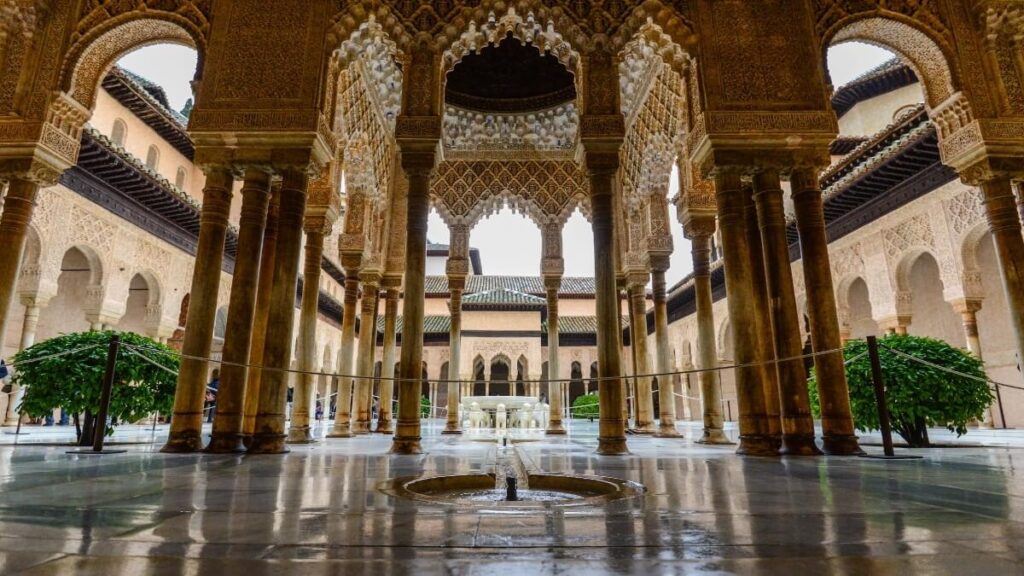
Planning Tips for Your Southern Spain Travel Itinerary
Successful journeys through Andalusia require some strategic planning while allowing flexibility for unexpected discoveries. Based on my experiences, balancing structured visits to major sites with free time for wandering creates the most satisfying itineraries. Above all, remembering that the region’s relaxed pace represents part of its authentic charm helps travelers adjust expectations.
I strongly recommend booking major attractions like the Alhambra and popular flamenco venues weeks in advance. Equally important, allowing buffer days without fixed plans creates opportunities for following local recommendations or revisiting favorite spots. Obviously, seasonal considerations significantly impact itinerary planning.
Seasonal Considerations for Southern Spain
Spring festivals transform cities like Seville and Córdoba into spectacular celebrations, with Holy Week processions and the April Fair drawing visitors from worldwide. During these periods, accommodation prices rise dramatically while requiring bookings months ahead. Given their cultural significance, planning around these events creates unforgettable experiences despite logistical challenges.
The summer months bring intense heat to inland cities while coastal areas remain comfortable with sea breezes. Throughout autumn, temperatures moderate while harvests bring special culinary offerings and celebrations. Conversely, winter offers ideal conditions for hiking and outdoor activities in many regions.
Accommodation Choices Along Your Southern Spain Travel Itinerary
Boutique hotels in converted historic buildings provide atmospheric bases for urban exploration, offering authentic character while maintaining modern comforts. During my stays, I’ve particularly enjoyed properties with rooftop terraces offering panoramic city views for evening relaxation. Yet booking well ahead remains essential, especially in converted properties with limited room numbers.
The growing number of rural lodgings in restored farmhouses provides perfect opportunities for immersive countryside experiences between city visits. Around the region, distinctive accommodation options include former convents, historic mansions, and even cave dwellings in certain areas. Surprisingly, these unique properties often represent good value compared to generic hotels.



